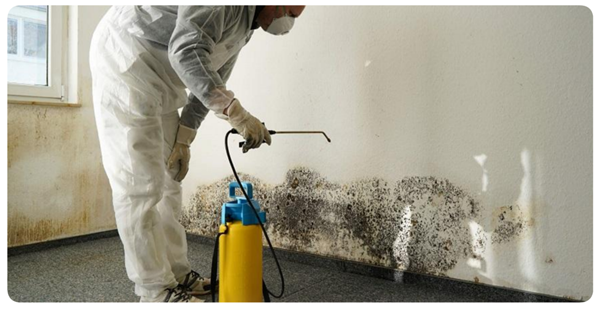The Evolution of Ball Valves: A Historical Perspective on Design and Technology
Ball valves have become indispensable in modern industrial applications, known for their reliability, ease of use, and efficient flow control. But how did these essential components evolve over time? This blog explores the historical development of ball valves, tracing their journey from rudimentary designs to the advanced technologies we use today.
Early Beginnings: The Birth of Ball Valves
The concept of a ball valve can be traced back to the 1950s, when the basic principle of using a spherical closure element to control fluid flow was first introduced. Early ball valves were quite rudimentary, often made from simple materials and featuring basic designs. These initial valves were primarily used in applications where a straightforward on-off function was sufficient.
The 1960s: Advancements in Materials and Manufacturing
As industries grew and demands for more durable and efficient valves increased, the 1960s saw significant advancements in the materials and manufacturing processes used for ball valves. The introduction of high-quality metals and alloys allowed for the production of more robust and reliable valves. During this period, the focus shifted to improving the valve’s ability to withstand high pressures and temperatures, expanding their application to more demanding environments.
The 1980s: Innovations in Design and Performance
The 1980s marked a period of rapid innovation in ball valve technology. Engineers began to experiment with different designs, leading to the development of the trunnion-mounted ball valve, which provided greater control and stability. This design featured a ball that was supported by bearings, allowing it to operate more smoothly under high-pressure conditions. Additionally, the advent of computer-aided design (CAD) tools revolutionized the development process, enabling more precise and efficient valve designs.
The 1990s: Emphasis on Safety and Environmental Concerns
As environmental regulations became more stringent, the 1990s brought a focus on enhancing the safety and environmental performance of ball valves. Manufacturers began incorporating features such as double block and bleed (DBB) configurations to prevent leaks and ensure greater safety. The development of advanced sealing technologies also contributed to improved performance and reliability in various applications, including those in the oil and gas, chemical, and pharmaceutical industries.
The 2000s to Present: Smart Technologies and Sustainable Solutions
In recent decades, the evolution of ball valves has been driven by the integration of smart technologies and a growing emphasis on sustainability. Modern ball valves now come equipped with electronic actuators, sensors, and control systems that enable remote operation and real-time monitoring. This has significantly enhanced their functionality, allowing for more precise control and better integration into automated systems.
Sustainability has also become a key focus, with manufacturers working to develop more environmentally friendly materials and production methods. Innovations such as reduced-leakage designs and recyclable materials reflect the industry’s commitment to reducing its environmental footprint.
The history of ball valves is a testament to the continuous innovation and improvement that characterizes the industrial sector. From their early, basic designs to the sophisticated, smart technologies of today, ball valves have evolved to meet the ever-changing demands of modern industries. As technology continues to advance, we can expect further developments that will enhance their performance, efficiency, and environmental sustainability.
Whether you’re a seasoned engineer or simply interested in the history of industrial technology, the evolution of ball valves offers a fascinating glimpse into how engineering advancements shape the tools and systems we rely on every day.



